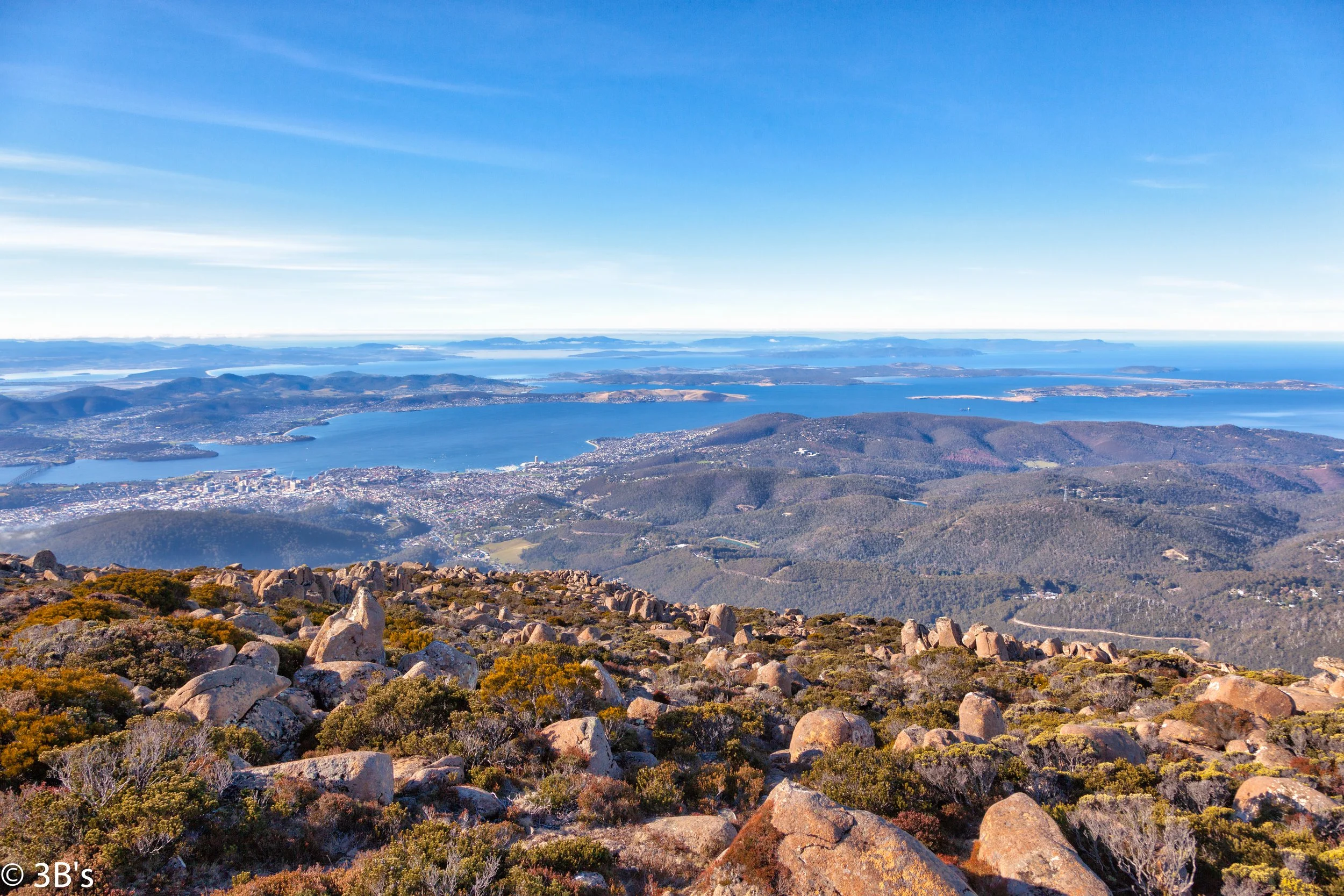Immerse yourself in the natural environments of Tasmania, Melville Island and Kangaroo Island.
Tasmania CC BY 2.0
Known for its vibrant coral reefs and unique flora and fauna that attract thousands of visitors a year, Australia is an exciting destination for nature lovers and adventurers. In 2022, Australia received more than 1 million visitors despite its strict COVID-19 policies. The country is often referred to as an island continent because ocean water surrounds every state. In the past years, Australia has been pummeled by intense wildfires that affected nearly all parts of the country, and its islands were no exception. The three largest islands of Australia, Tasmania, Melville Island, and Kangaroo Island, offer a plethora of outdoor opportunities and nature unique to the Australian coast. In terms of size, Tasmania is by far the largest at 68,401 square miles, followed by Melville Island which is 5,786 square miles, and lastly Kangaroo Island with 4,405 square miles.
Bakers Beach, Tasmania CC BY 2.0
Tasmania
Tasmania, although the largest island by far, can be crossed in two and a half hours if you start from Hobart and go to Launceston, the other point of the island. It has had an increasing population in recent years, with government statistics reporting a total population of 571,517 people in 2022, and is home to Freycinet National Park. Located on the east coast of the island, its biggest attraction is a curved stretch of sand that is filled with shockingly blue water, known as Wineglass Bay. To avoid large crowds at the park, tourists can escape on one of the many hiking adventures this unique land offers, leading to Mount Amos which is the top of a peak that features stunning views. The trek offers a stunning view of Wineglass Bay, but is a 3 hour return and quite challenging due to the rocky terrain. The best part of this hike? You may make some friends along the way, namely the wallabies, a species of kangaroo-like mammal native to Tasmania, among few other places in Australia, that roam around this area, offering great photographic opportunities.
Fishing on Melville Island CC BY-NC-SA 2.0
Melville Island
Located in the eastern Timor Sea, its population is comprised mostly of native Indigenous people, and its biggest settlement is known as Milikapiti with a population of 559 people. Melville Island is known as Yermalner in the Tiwi language, native to this island and the Tiwi Islands that it is a part of. One of the top activities to do at this location is fishing, which operates from March to mid-December. There are two specific locations on the island that are prime for fishing opportunities, and offer lodging for overnight stays and visits. Snake Bay, which is the main fishing lodge, is located in a more remote area of the island but is considered one of the best areas to catch a diverse array of fish, and has comfortable lodging and amenities if you wish to stay there. The second location is considered to be extremely remote, known as Johnson River Barramundi Camp, but worth a stay for the beautiful nature you can experience there. For more information on rules and maps about fishing in Melville, visit this government guide.
Koalas - Kangaroo Island - South Australia CC BY-NC-ND 2.0
Kangaroo Island
Often called nature’s playground, Australia’s third-largest island, known as Kangaroo Island, offers visitors an escape from the hustle, stress, and tasks of daily life on the mainland, and immerses them in all the best nature has to offer. It is quite easy to drive across one end of the island to the other, taking only about 2 hours or less. “Australia’s zoo without a fence” features three main towns surrounded by plenty of wilderness and animals that inhabit this territory. One of the islands most popular sites is the Remarkable Rocks, which is a cluster of large rocks that you can climb and see the beautiful view of huge cliffs and clear blue swells of waves. If you are seeking turquoise water that you can swim in, go to Vivonne Bay which offers a secluded spot away from typical tourist sites, offering pure white sand, incredible marine life, and many photographic opportunities. To connect with the wildlife, adventure off on a wilderness tour where you can see and interact with koalas and kangaroos and . Kangaroo Island is the perfect spot to visit if you seek adventure within a natural environment.
Kimberly Hidalgo Hernandez
Having obtained a MA in International Policy, Kimberly seeks to bridge the gap between global development and government legislation. Growing up between the United States and Spain, she believes that travel is the best way to discover yourself and understand the world. Her goal is to promote a deeper awareness of the effects of climate change in society and politics.

















